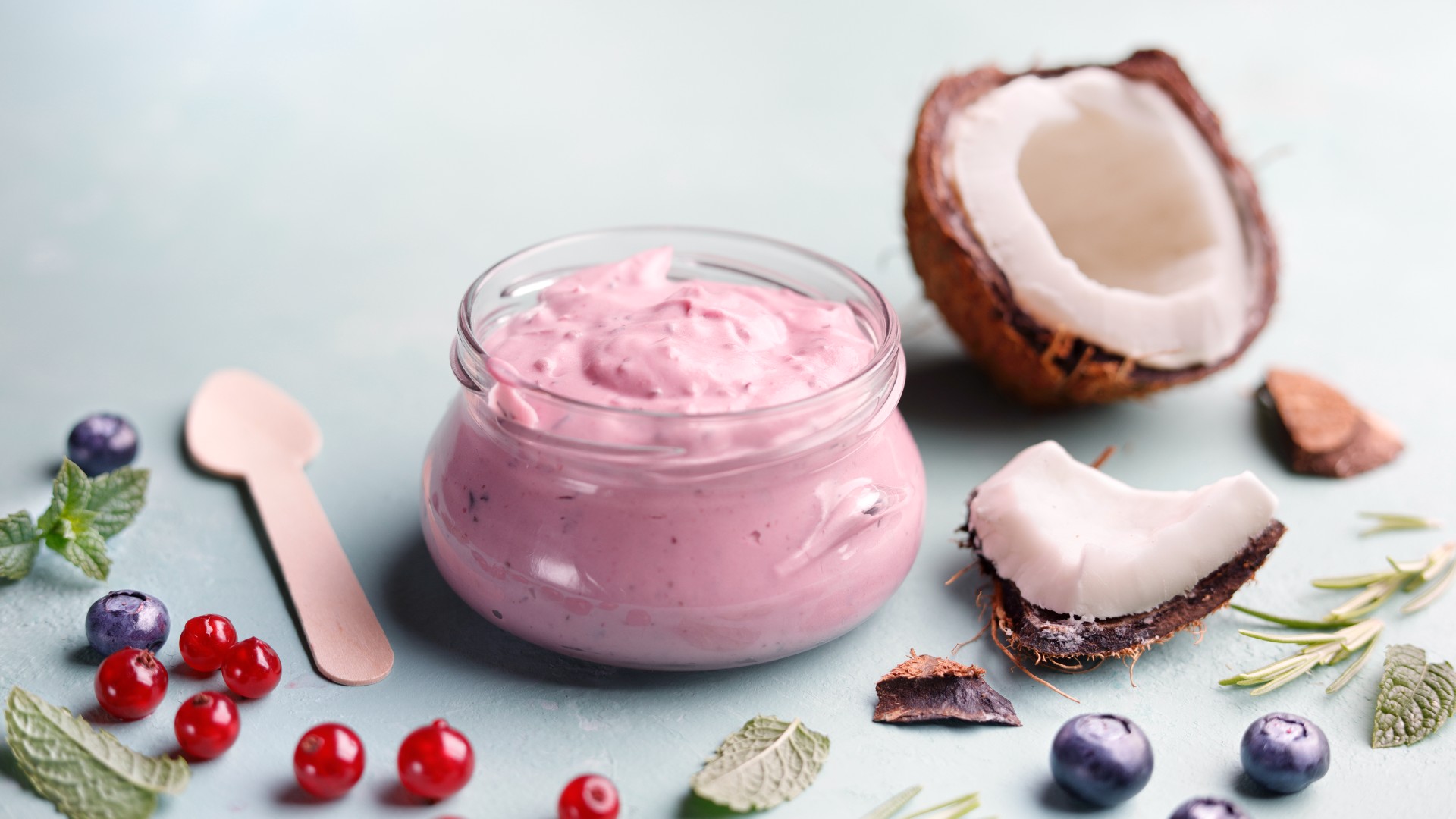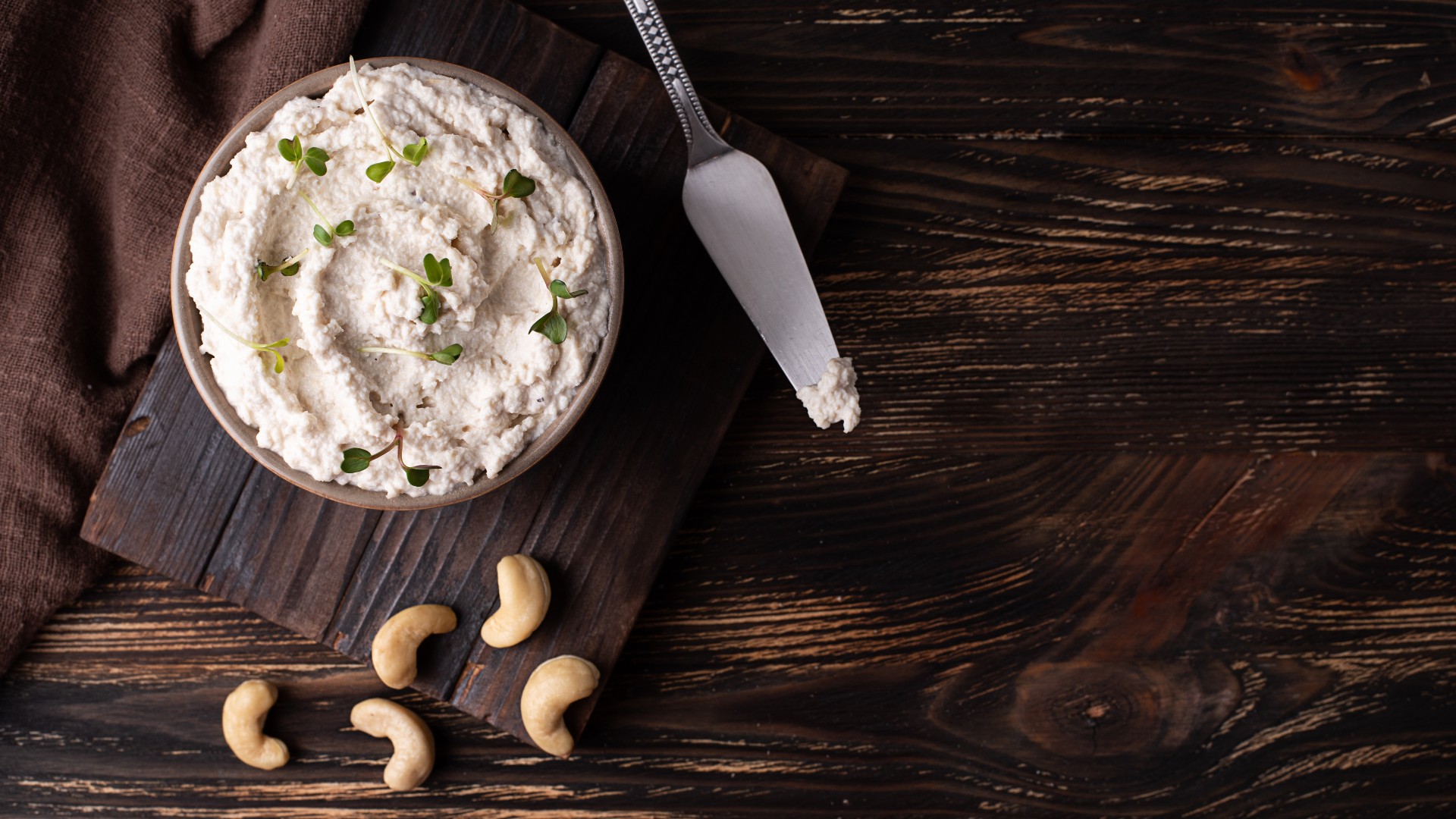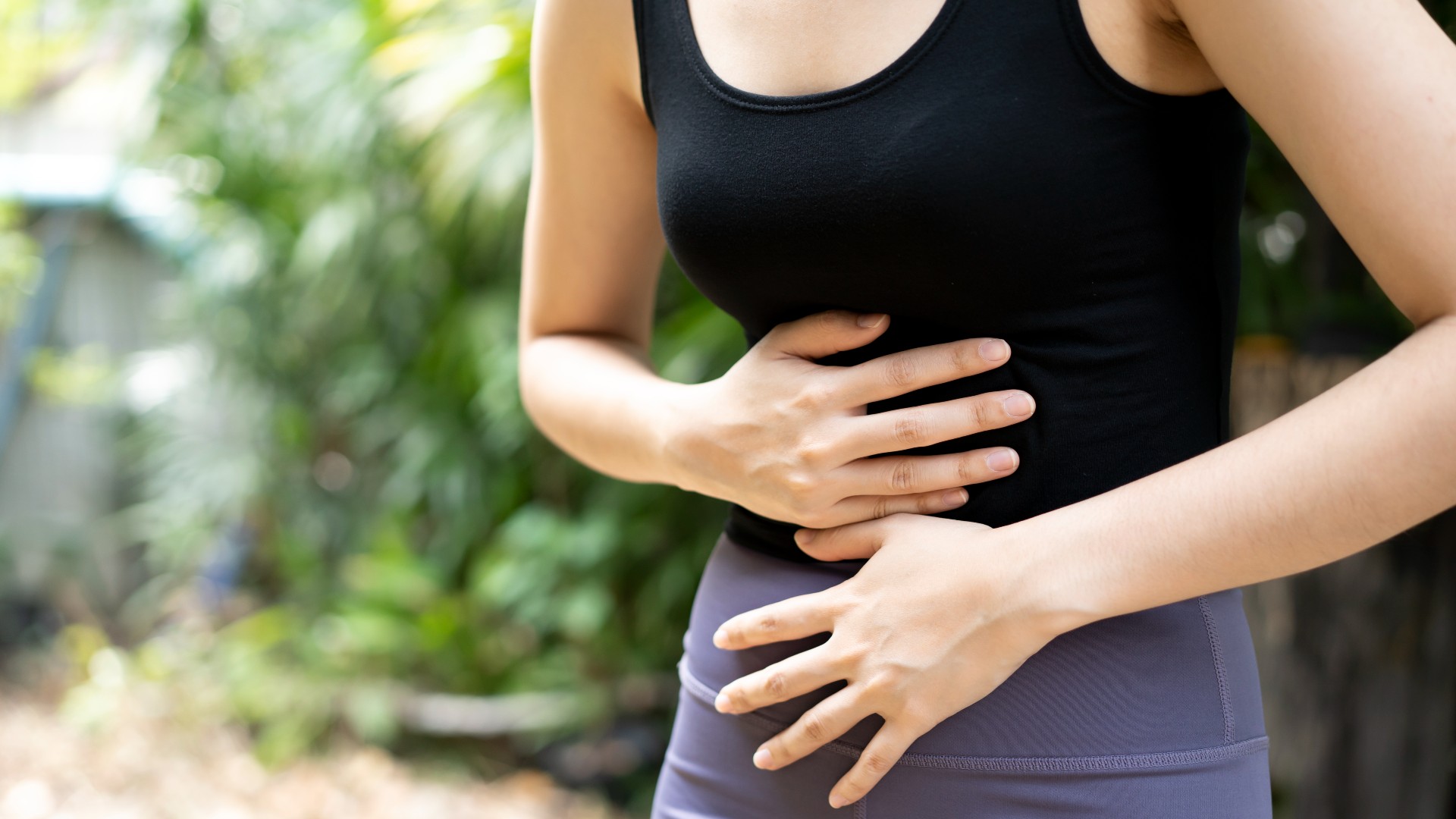Dairy-free diet: Pros, cons and how it works
Discover what you really need to know about adopting a dairy-free diet

It seems like everybody is experimenting with elimination diets these days. From gluten-free to no-carb options, the dairy-free diet is another eating pattern where it can be difficult to separate fact from fad.
Yet scientific evidence suggests dairy can cause adverse health effects like inflammation – especially if you have a sensitivity or intolerance. Not to mention, it’s been linked to acne and digestive issues too.
So is going dairy-free just another flash in the pan or a genuine development in the field of nutrition? We’ll cover everything you need to know about following a dairy-free diet, from potential benefits to deficiencies you may need to consider. Our guides to the best milk alternative and the best vegan protein powder also weigh up your options if you are doing dairy-free.
However, it is still important to consult a healthcare professional about specific dietary choices for you, especially if you are thinking of eliminating an entire food group from your diet.
What is a dairy-free diet?
Simply put, a dairy-free diet is one in which you don’t consume dairy products of any kind, from any animal – not just cows. This means no milk, cheese, cream, and no dairy ingredients in any of the food you consume. People who follow a dairy-free diet can usually still eat eggs, unless another principle of their diet or lifestyle warrants otherwise.

What are the benefits of a dairy-free diet?
Brooke Jacob, a registered dietitian and program manager with ChristianaCare, says that there may be some benefits to going dairy free, but these depend on what dairy products you consume. You increase your risk of heart disease if you consume high-fat dairy products, such as whole fat cheeses, yogurts, ice-cream, butter and cream, due to their saturated fat content.
“Low-fat dairy products are a good source of vitamin D and calcium,” she says. “Certainly, for people who do not tolerate dairy products, avoiding dairy would be ideal.”

Brooke Jacob is a registered dietitian at ChristianaCare. She holds a Bachelor of Science in Applied Nutrition from the University of Delaware and a Master's in Health Promotion.
In addition to improved gut health and decreased risk of heart disease, cutting cow’s milk from your diet may also help to clear up acne, according to the American Academy of Dermatology Association. Cutting dairy has also been shown to improve digestion and reduce inflammation in some people. This is because dairy contains a naturally-occurring sugar called lactose which requires an enzyme called lactase to break down. People with lactose intolerance don’t produce enough of this enzyme to break lactose down, which is what causes bloating and indigestion.
However, when it comes to the question of inflammation there are mixed opinions. Jacob says: “It has not been proven that dairy products contribute to inflammation. However, you may be at greater risk for heart disease if you consume a diet that includes higher-fat dairy products, due to the increased intake of saturated fats.
“While there is speculation that a dairy-free diet is helpful for people with polycystic ovary syndrome or rheumatoid arthritis, more consistent research is needed before making that claim. People who feel that dairy may be a cause of their inflammation or poor health should consider conducting an elimination diet and, over a period, remove dairy products. They can subsequently and slowly reintroduce low fat, heart healthy dairy products to see if their symptoms resurface after eliminating dairy foods.”
What are the risks of a dairy-free diet?
While there are legitimate reasons for cutting things out, it’s important to make sure you’re getting enough nutrients if you decide to eliminate an entire food group from your diet.
“When following a dairy-free diet, you should look for additional calcium sources to meet your daily calcium needs,” says Jacob. “Dairy products also provide high-quality protein. Many non-dairy milk alternatives, depending on the source, contain added sugar and little protein. Buying the unsweetened version is recommended. Furthermore, vegan cheese is often made with coconut oil, which increases the saturated fat content when compared to a reduced fat dairy cheese. It is important to read the nutrition facts labels to ensure your non-dairy alternatives are the best choice for you and your health.”

One risk that comes with restricting calcium intake is osteoporosis. However, if you can make sure you’re getting enough protein and calcium from non-dairy alternatives, such as greeny leafy vegetables and sardines, you can likely avoid health risks associated with the diet, as is true with most elimination diets. However, it’s always important to discuss changes like this with a dietitian or nutritionist if you’re unsure.
Who should eat dairy free?
There are people for whom a dairy-free diet would be the most beneficial. Specifically, those with food allergies, intolerances, and sensitivities should most likely look into some kind of elimination diet.
“A dairy-free diet or even a lactose-free diet is recommended to those with food allergies or intolerances who might experience bloating, abdominal pain or other gastrointestinal issues that come from dairy products,” says Jacob.
Dairy and lactose tend to be a subset of foods with a high rate of sensitivity and intolerance. According to The Lancet Gastroenterology and Hepatology journal, experts estimate that 68% of the world’s population has some form of lactose malabsorption. Given this, it makes sense that dairy-free diets have a positive impact on so many people. While dairy-free diets may not be necessary for those who don’t have any food sensitivity it is one of the most common sensitivities.

What can you eat on a dairy-free diet?
If you’re going dairy free, you may be at a loss as to exactly what you can eat. While this depends on other factors within your diet – as well as your reason for going dairy free – you can rely on cutting out milk, cream, yogurt and cheese. However, there are plenty of dairy-free alternatives that you can seek out.
“You can choose protein-rich options that are non-dairy, such as soy milk or pea protein milk. Most non-dairy products are typically fortified with calcium, vitamin D and other nutrients that you will find in dairy milk,” says Jacob.
While not free from dairy, there are lactose-free products that would suffice if you’re just working with a food sensitivity or intolerance. In terms of meals, foods like grains, fruits, vegetables, meat, nuts, seeds and eggs are all fair game. It might take some initial adjustment but once you find foods that work for you, and replacements you enjoy, it should be much smoother sailing.
While going dairy free might not be the best choice for everyone, there are people for whom it could bring a great benefit. Of course, you should always make sure you speak with your doctor or a dietitian to formulate the best plan for you.
This article is for informational purposes only and is not meant to offer medical advice.
Sign up for the Live Science daily newsletter now
Get the world’s most fascinating discoveries delivered straight to your inbox.
Jamie Kahn is a Brooklyn-based journalist, editor, and certified yoga instructor whose work has been featured in HuffPost, Epiphany Magazine, The Los Angeles Review, Far Out Magazine, Atwood Magazine, and Live Science. She serves as the contributing features editor for Epiphany Magazine.











